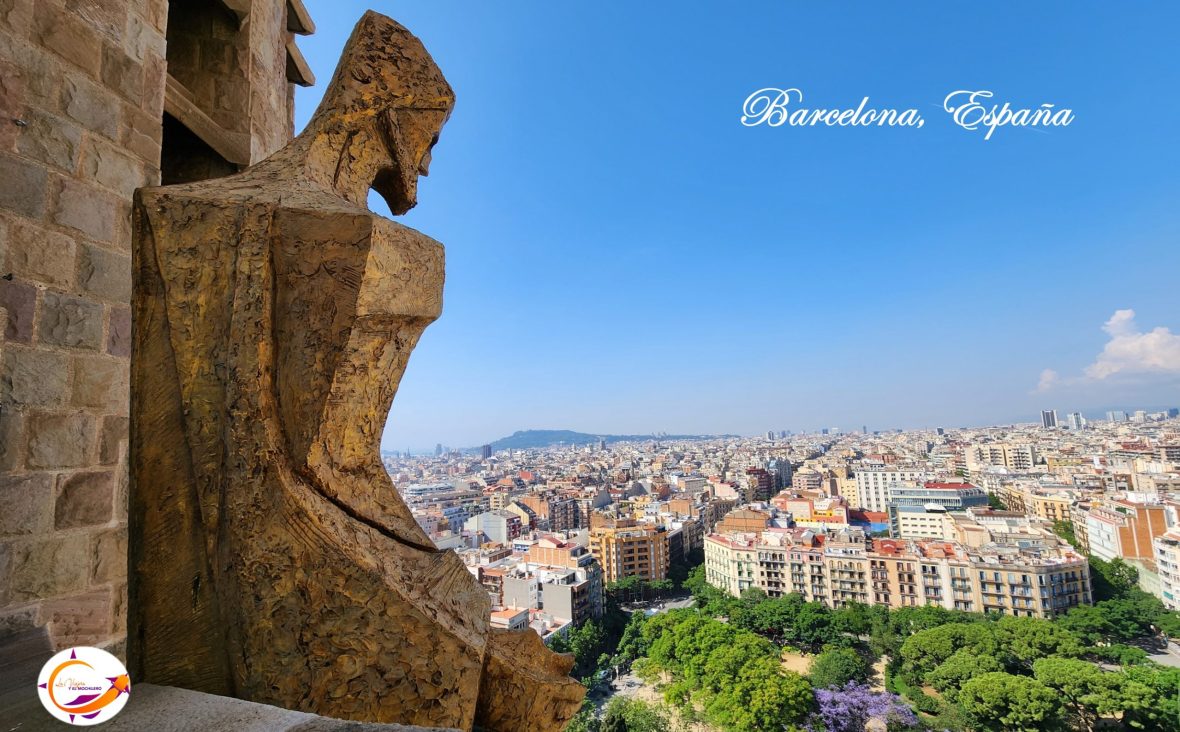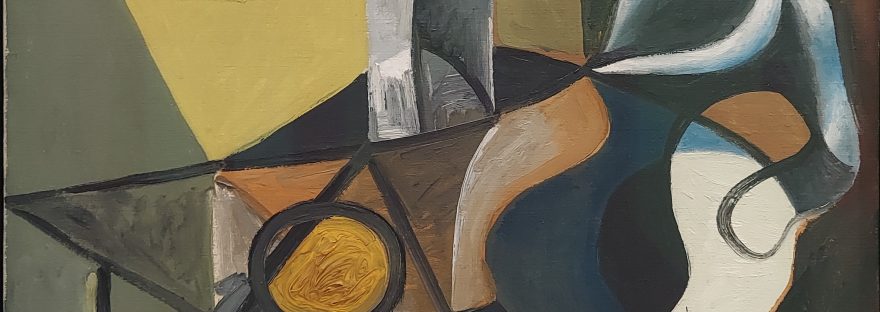Among the places not to be missed in Malaga, is a visit to the Buenavista Palace, home of the Picasso Museum collection. It is said to be the most visited museum in all Andalusia, and we do not doubt it because it is where one of the largest samples of the work of this famous painter from Malaga is located.
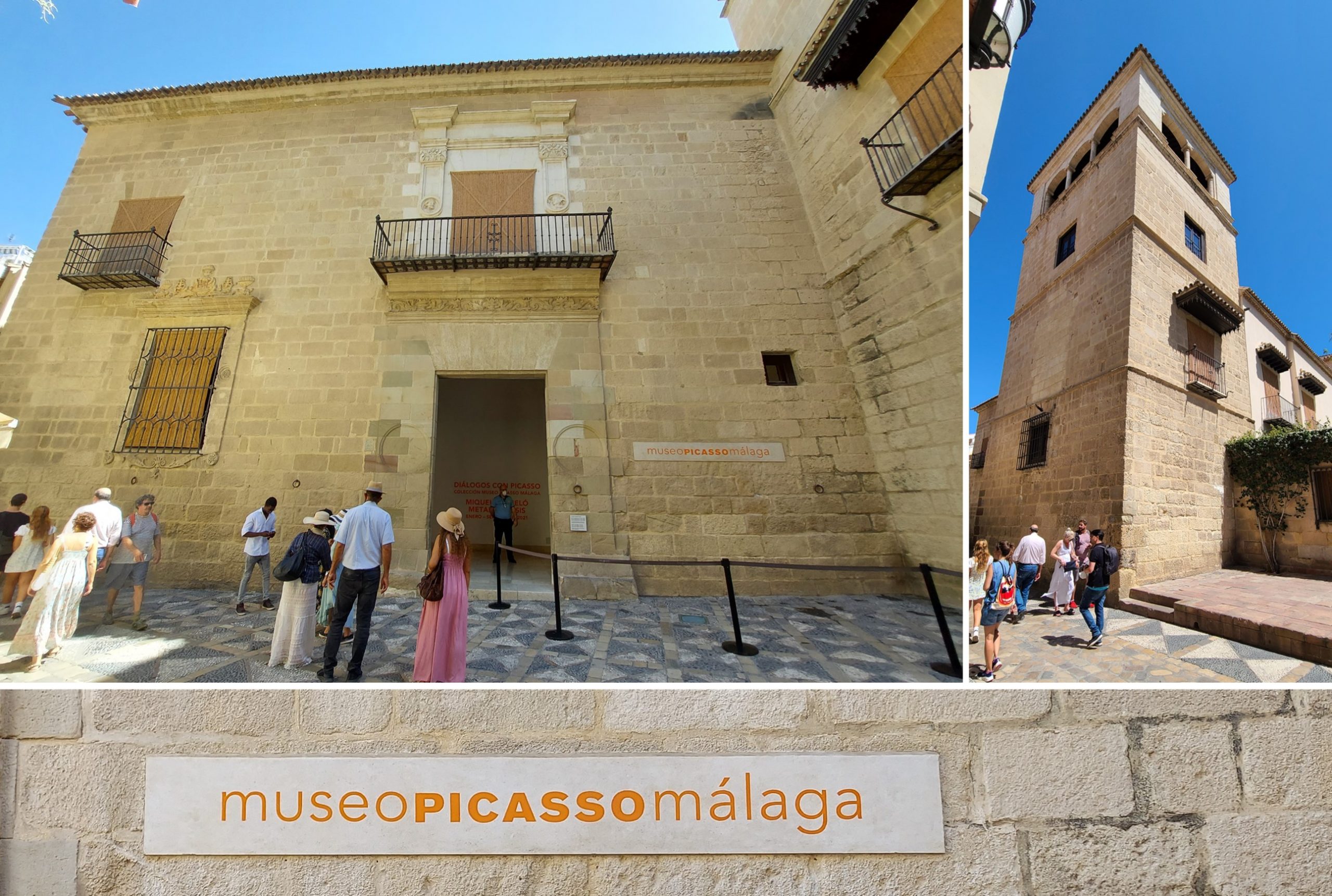
The Picasso Museum is located in the historic center of Malaga and is an extraordinary example of Andalusian architecture of the sixteenth century, where Renaissance and Mudejar elements are mixed. It was built on the remains of a Nasrid palace, of which some elements are still preserved, such as the tower located to the east of the main courtyard.

In 2006, the American Institute of Architects awarded the Picasso Museum in Malaga with the Institute Honor Awards for Architecture. The jury noted “the beautifully simple architectural restoration work that has embroidered a museum into the fabric of this Mediterranean city. The new sections have been simply and elegantly inserted into the setting and surroundings of a 16th century palace, exterior courtyards and city streets.”
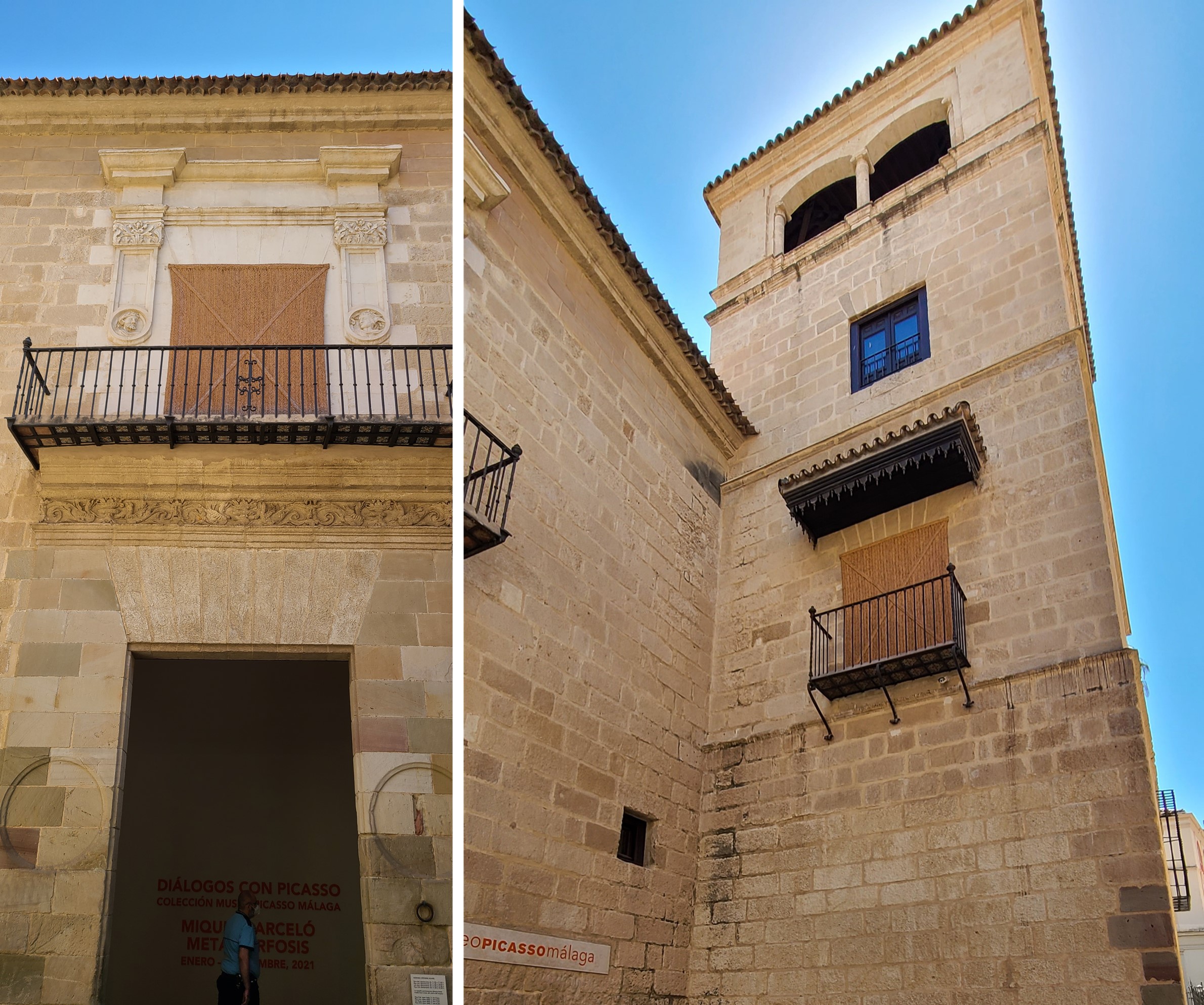
The museum includes a temporary exhibition hall, library and documentation center, education department, auditorium, restoration workshop, among others. To achieve these spaces it was necessary the adaptation of several adjacent buildings and the construction of a new floor, with a successful integration to the environment of the Buenavista Palace and the city.
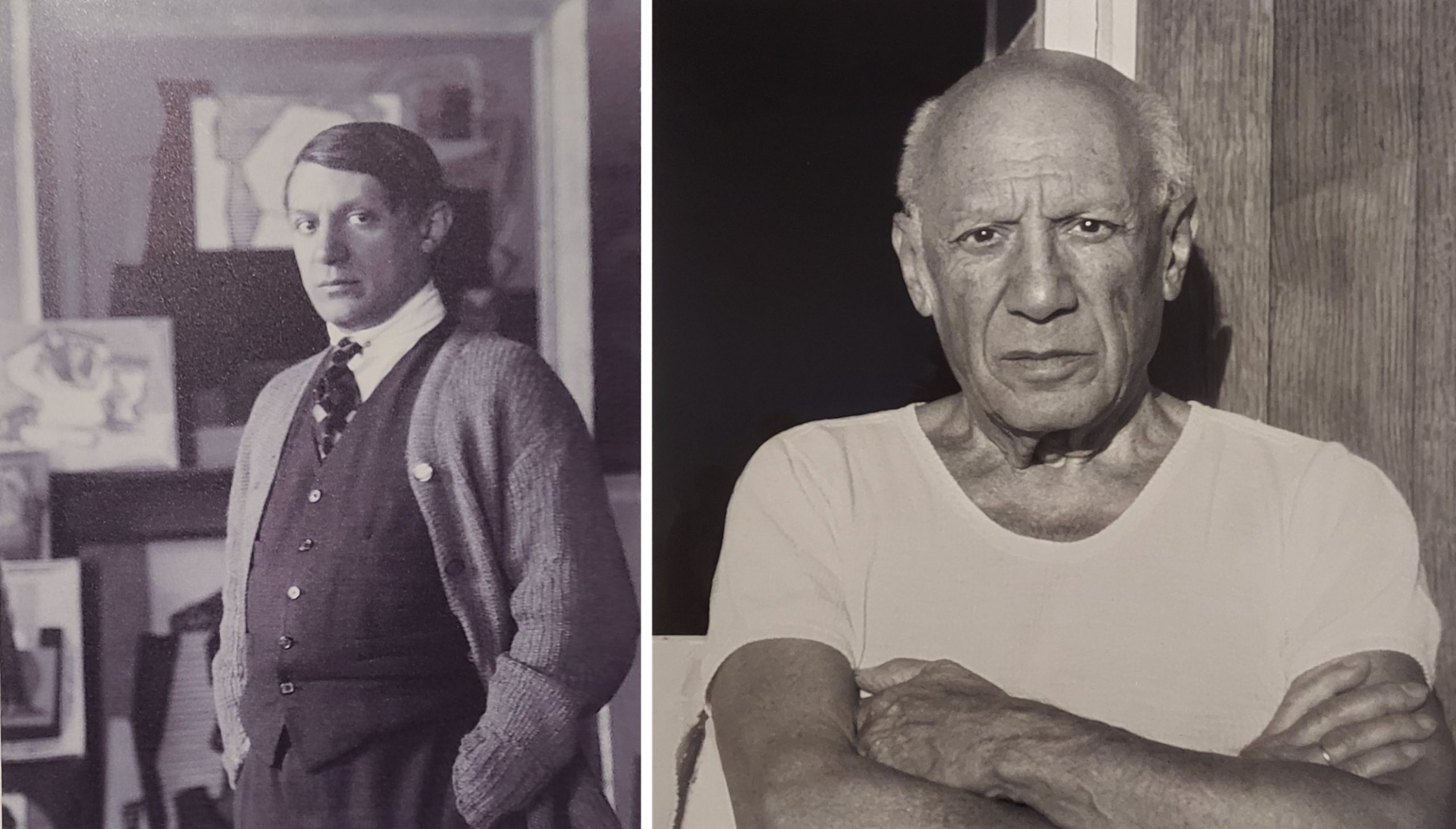
Fulfilling the artist’s wish to offer his hometown a part of his works, the Picasso Museum, inaugurated in 2003, houses almost eighty years of Pablo Picasso’s work.
The Collection of more than two hundred works, is periodically reviewed and renewed, just as Picasso himself acted as an artist, innovating his own art. It is through a thematic and chronological tour of this collection that allows us to obtain a deeper knowledge of the artist’s career and understanding of his work processes. In this way we can enjoy the wide variety of styles, materials and techniques that Pablo Picasso mastered.
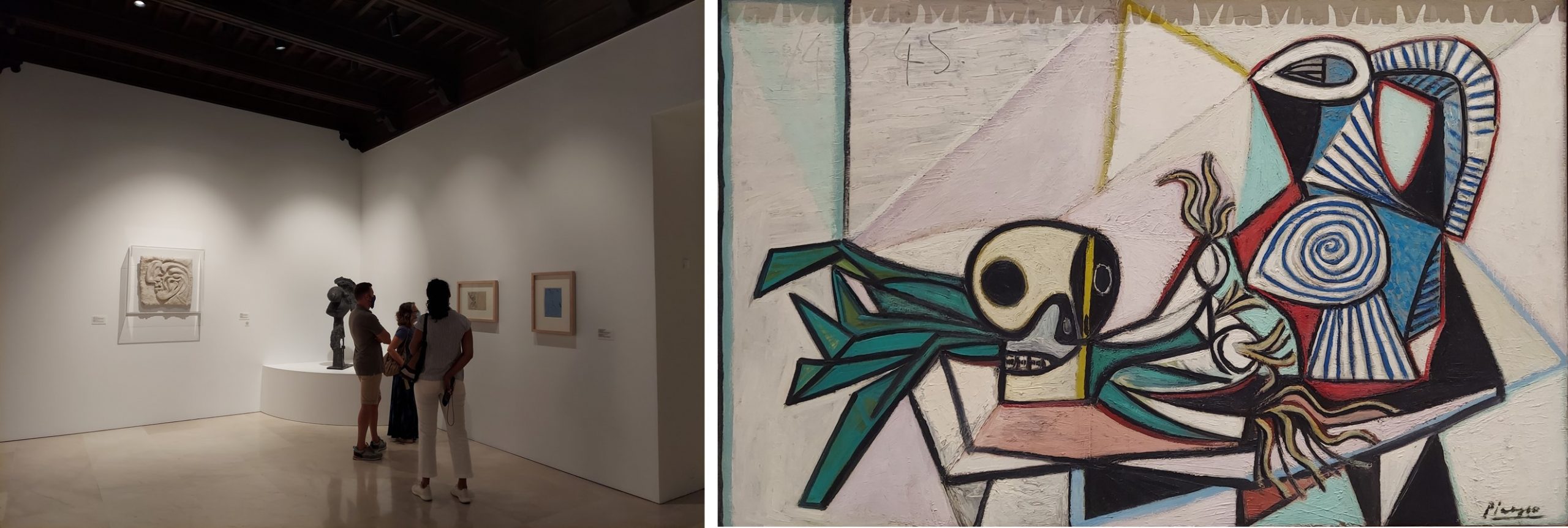
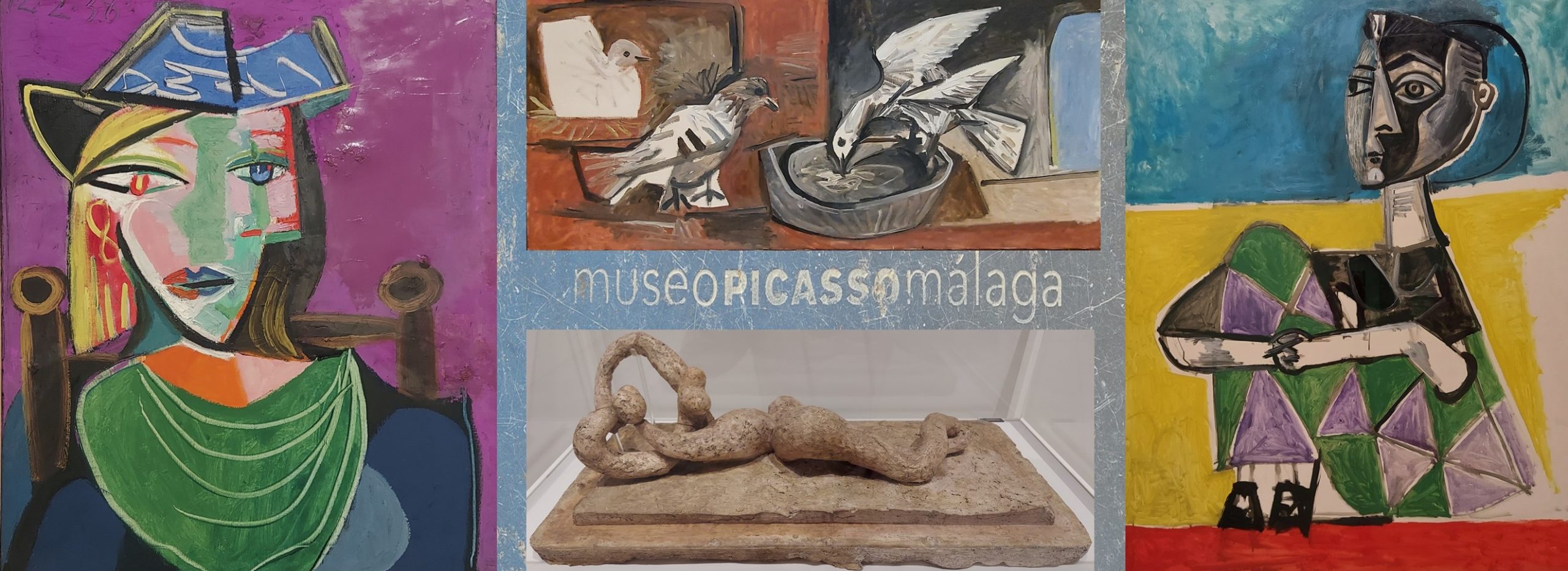
The tour through the rooms of the Picasso Museum shows us from the first academic studies of the painter, his vision of classicism, through cubism, ceramics, his interpretations of the great masters and the last paintings of the seventies.
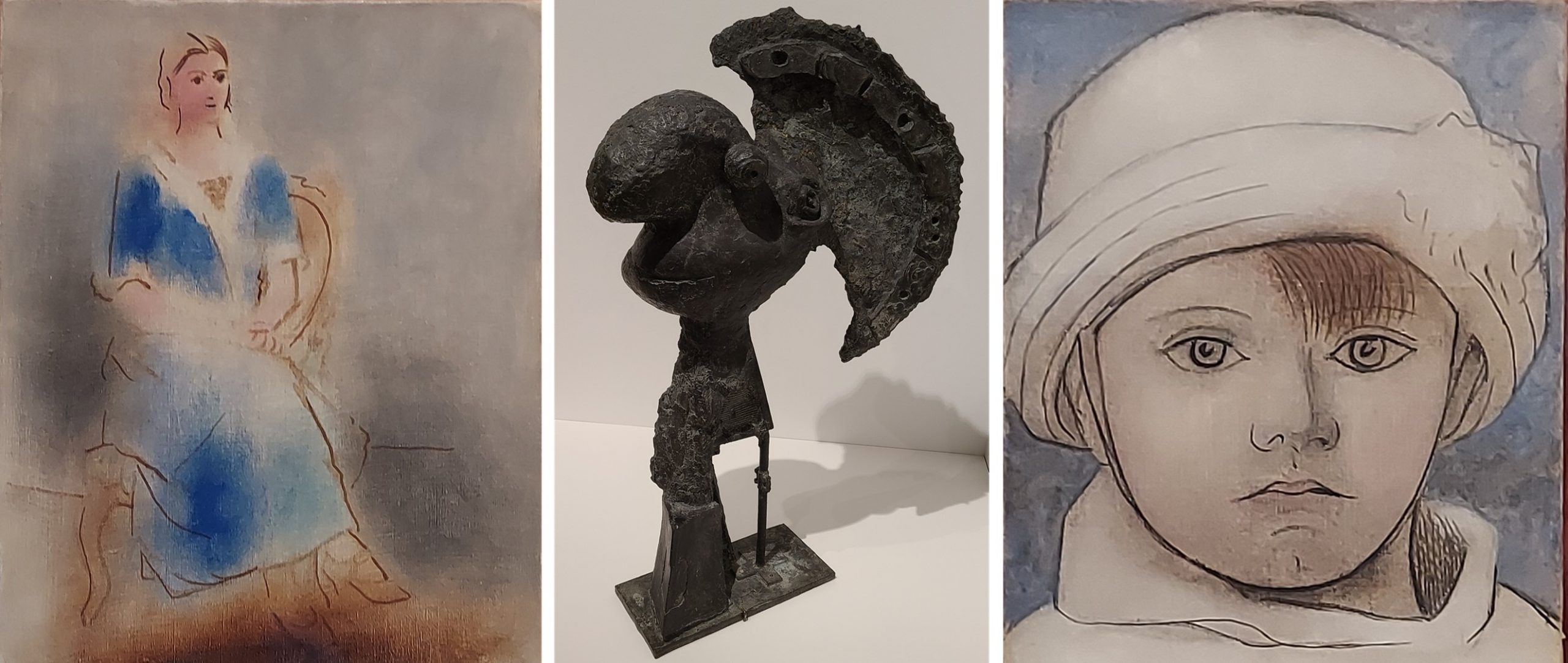
The central courtyard of the Picasso Museum allows a varied and different exhibition space, where the works become the characters that interact with visitors in a different, more natural light, depending on the time of day. From its second level it is possible to have a different perspective of the exhibition shown at the time of the visit.
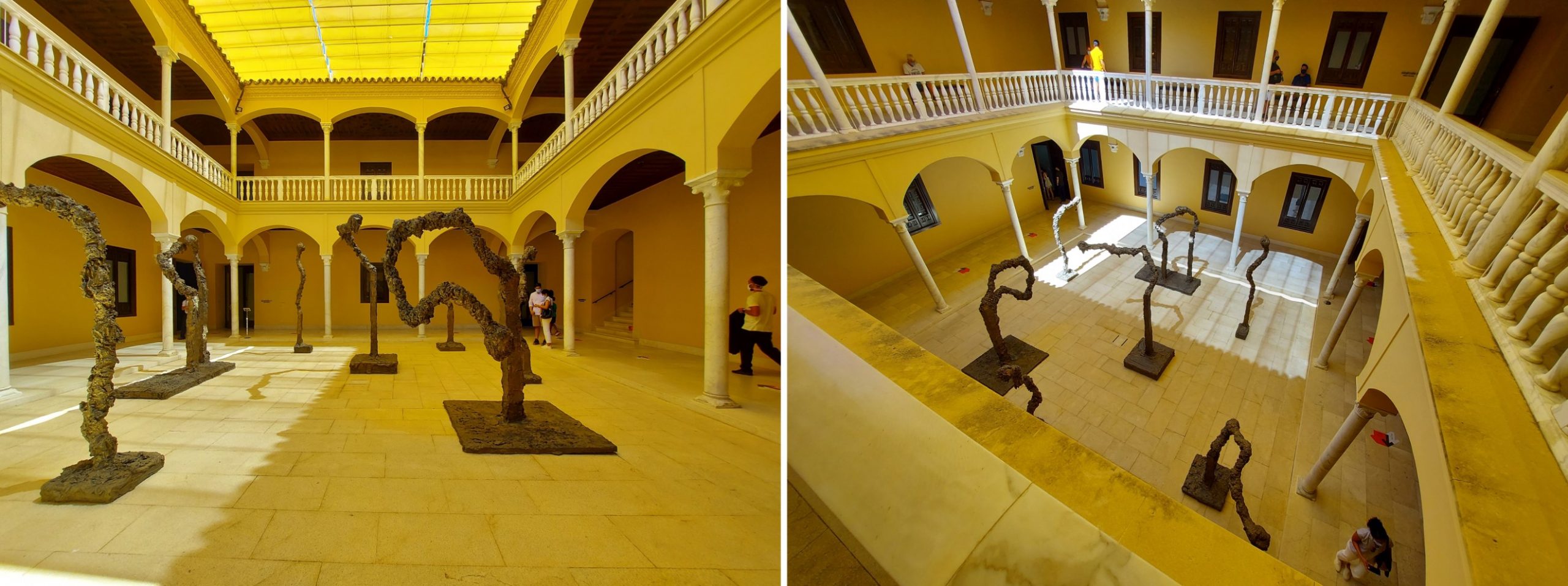
Although all his works are very important, those related to the cubist style were the ones we wanted to observe closely. The cubist revolution led Picasso to condense the body into curves and divide it into facets. Pablo Picasso said goodbye to conventional anatomy, transforming the body into planes, cones and cylinders. And although the original work The Young Ladies of Avignon / Les Demoiselles d’Avignon (1907), is in the Museum of Modern Art in New York, we were able to enjoy a version in wool tapestry made by the artist Jacqueline Dürrbach in 1958.
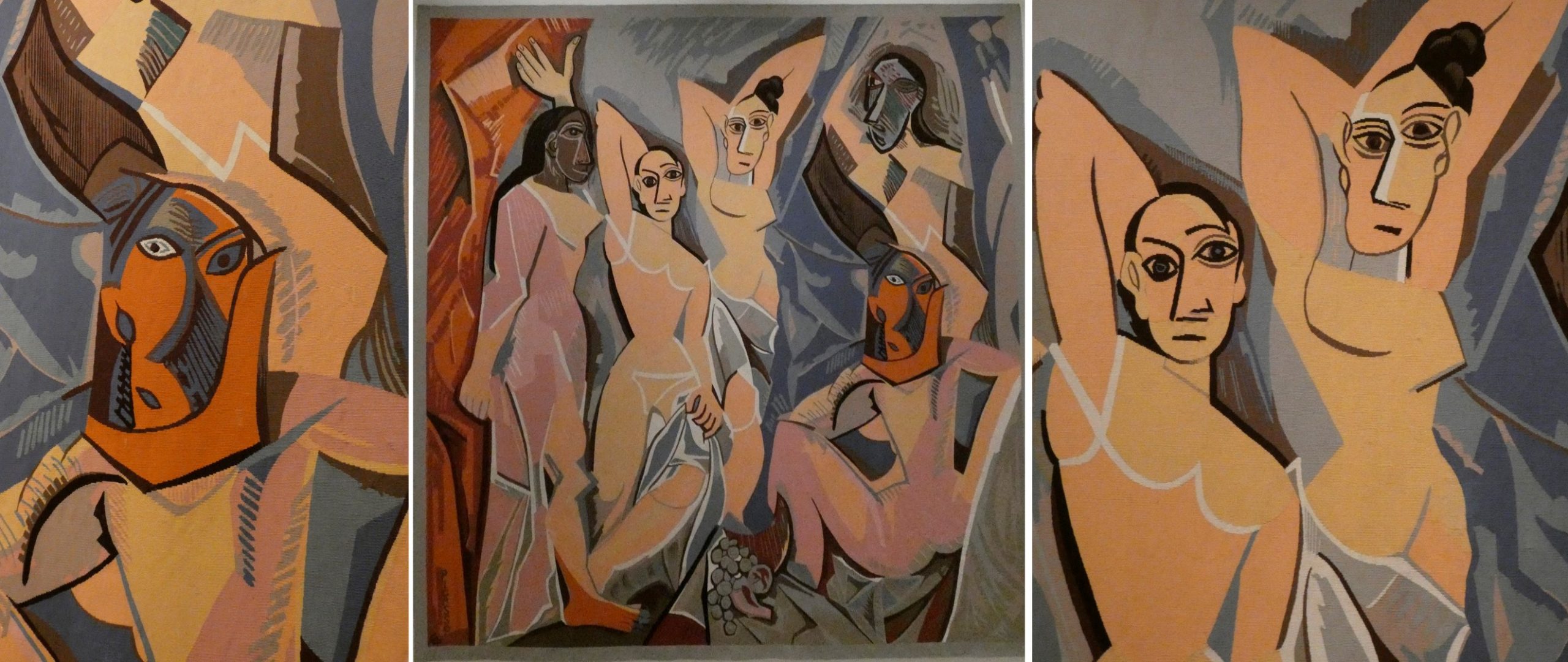
And in this collection that shows how Pablo Picasso saw and creatively interpreted the everyday through art, photographs could not be missing. Captured moments that showed him as he was, a man ready to discover and learn something new every day.
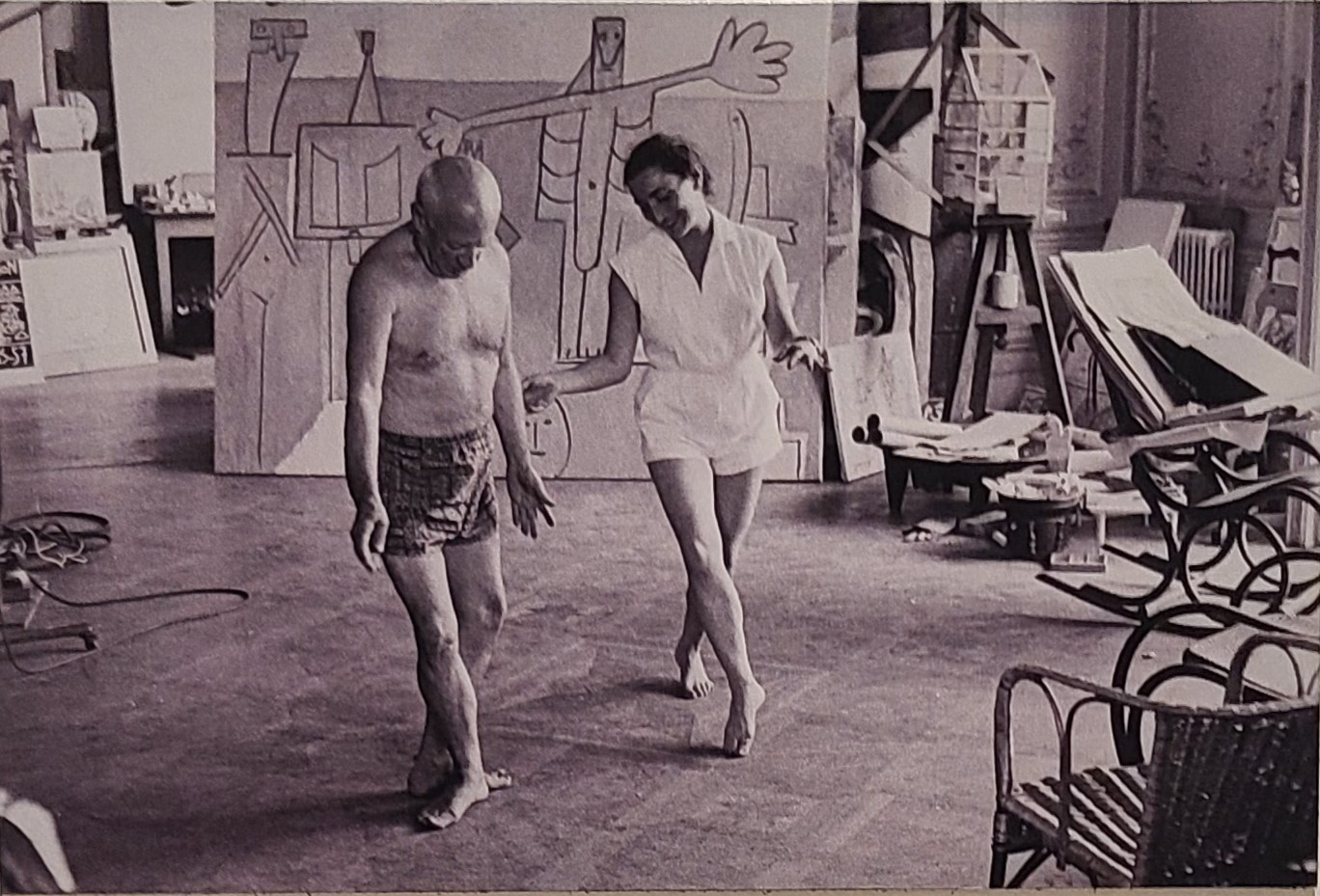
Resources:
- https://www.museopicassomalaga.org/
- https://es.wikipedia.org/wiki/Museo_Picasso_M%C3%A1laga
- http://www.malagaturismo.com/es/recursos-turisticos/detalle/museo-picasso-malaga/526
